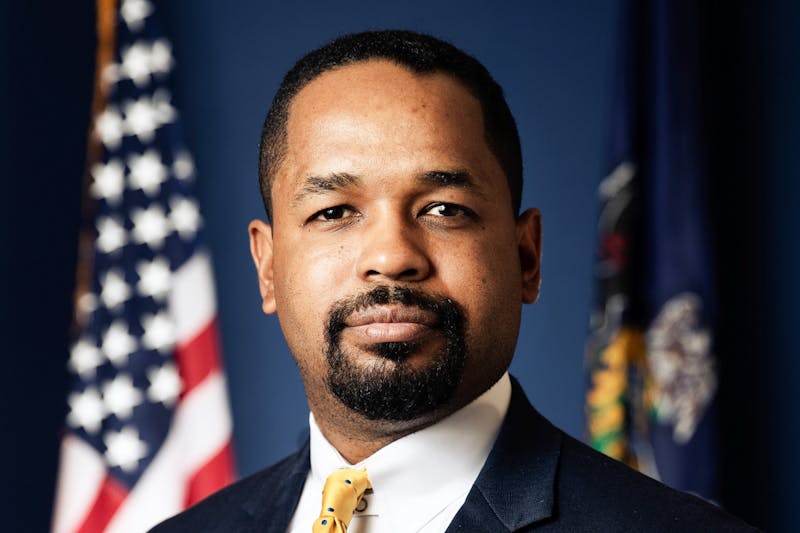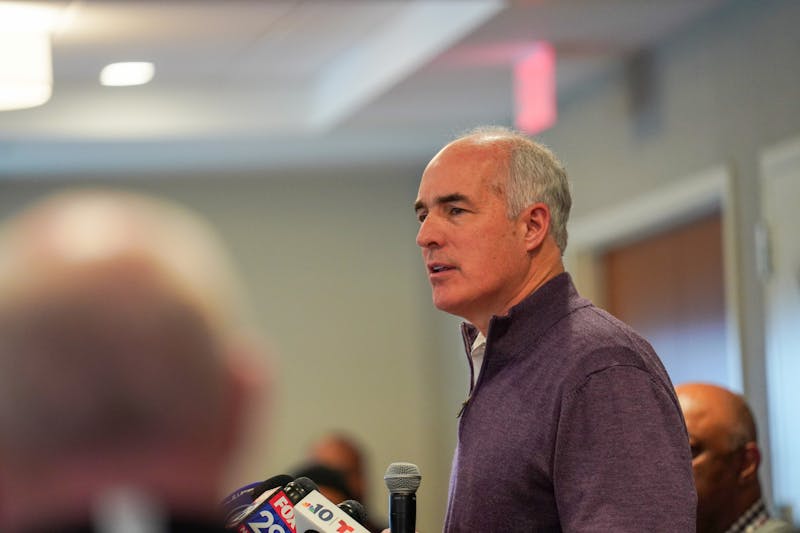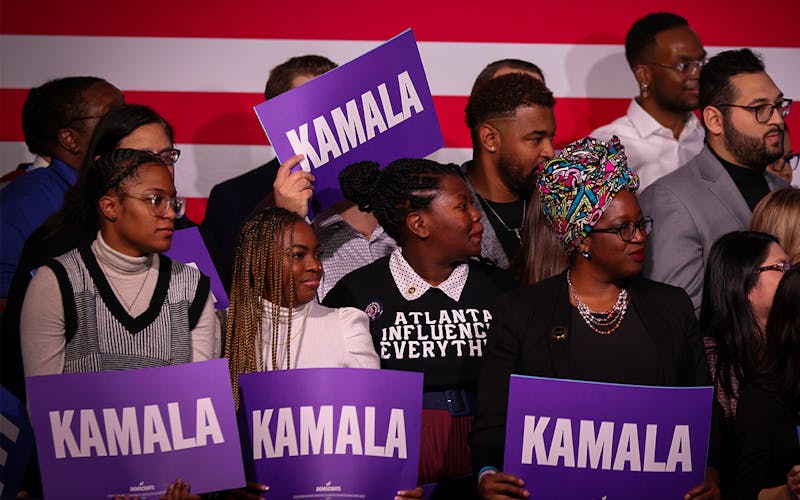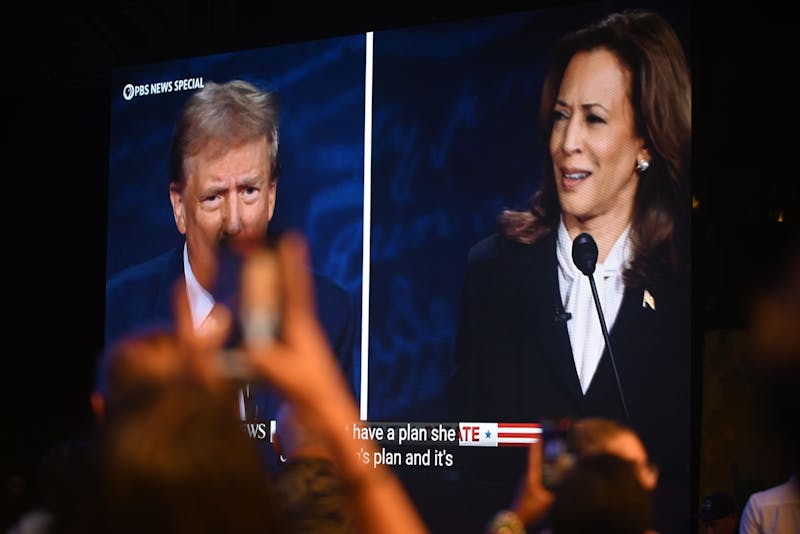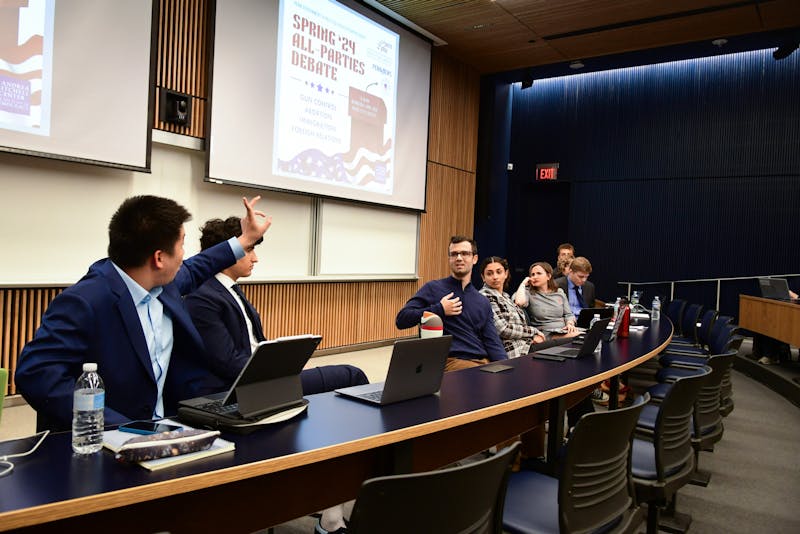
The Penn Wharton Budget Model — which candidates referenced during both the most recent presidential and vice presidential debates — provided insight into its process for creating the policy briefs analyzing candidates' economic proposals ahead of the 2024 election.
PWBM, a nonpartisan initiative that researches and analyzes the fiscal impact of public policy, released a guide on Aug. 26 projecting the fiscal and economic effects of the Trump and Harris campaign proposals. Vice President Harris first mentioned the PWBM's findings in a discussion of the economy during the presidential debate on Sept. 10, claiming that the Wharton School said that the Trump campaign's proposal would "explode the deficit."
Her running mate and Minnesota Gov. Tim Walz proceeded to cite PWBM's conclusion about the impact on the national deficit in the vice presidential debate on Oct. 1.
Harris and Walz were referring to PWBM's analysis that Trump campaign tax and spending proposals would "increase primary deficits by $5.8 trillion over the next 10 years on a conventional basis." In contrast, its brief on Harris' campaign policy proposals estimated that her plan would increase primary deficits by $1.2 trillion over the next 10 years.
However, PWBM's analysis also found that Harris' proposed taxing mechanism "reduces capital accumulation," contributing to a drop in projected GDP, according to Wharton professor and PWBM faculty director Kent Smetters.
The model estimated that GDP would fall by 1.3% in 2034 relative to current law under Harris' proposal — as compared to a 0.4% drop under the Trump campaign's plan.
In a statement to The Daily Pennsylvanian, Smetters wrote that an increase in the corporate tax rate, which is Harris' main mechanism of paying for government spending, accounts for the GDP decrease over time.
"Other mechanisms to pay for spending would have less impact on capital accumulation but the campaign appears to not prefer them due to distributional considerations," he wrote.
The model first began covering campaign proposals in 2016 and continued to do so for the 2020 presidential election. According to Smetters, this year has posed particular challenges in determining which proposals the PWBM should factor in when tracking the candidates' economic plans.
“The Trump campaign has promised a lot, none of which is funded, which we project will produce large deficits and eventually reduce economic growth," Smetters wrote. "The campaign’s promises keep accumulat[ing].”
He added that the Harris campaign has publicly released economic plans that are cheaper and partly funded with a corporate tax increase.
"But the Harris campaign is reportedly having side conversations with various groups, and those groups appear to take those discussions as promises. We try to not score rumors," Smetters wrote.
According to the PWBM brief, Trump’s efforts to reduce individual and corporate income tax will cost nearly $4 trillion over 10 years. With the promise to abolish the income tax on Social Security benefits, the PWBM projects that the Trump administration would spend another $1.2 trillion over 10 years.
In an interview with Oprah Winfrey later that month, Harris said that the PWBM determined that her plan “would strengthen the economy,” while Trump’s plan “would weaken it.”
In terms of GDP, this claim contrasts with the PWBM's conclusion that Harris' plan would cause GDP to fall by 4% within 30 years, as opposed to a 2.1% drop by 2054 under Trump's proposal.
Smetters wrote that PWBM publicly releases its analyses of both candidates' proposals at the same time to promote efficiency and transparency, as well as to avoid "letting policymakers to cherry-pick which results to share."
“Penn Wharton Budget Model was created to fill a need as the honest broker for policymakers while they are writing legislation,” Smetters added. “Our reputation for quality and consistency without advocacy is more important than media cites.”
The Daily Pennsylvanian is an independent, student-run newspaper. Please consider making a donation to support the coverage that shapes the University. Your generosity ensures a future of strong journalism at Penn.
Donate






